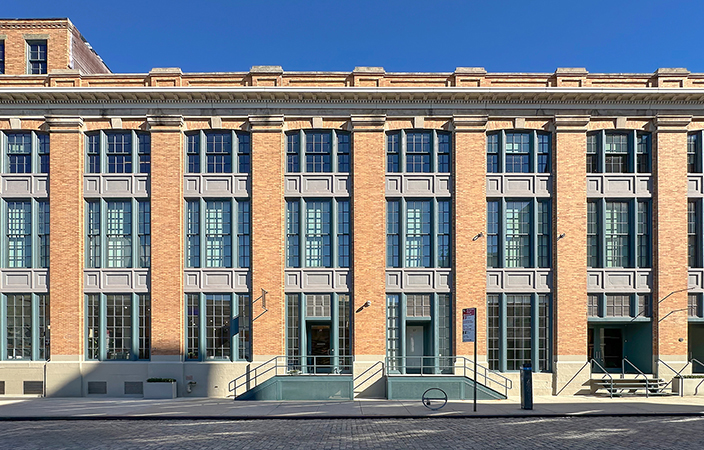An attorney discusses retail leases: Avoiding renovation payment issues - by Berger

The Law Offices
of C. Jaye Berger
One of the biggest challenges in retail is getting a new store open on time, with the design you intended and with no mechanic’s liens. People lease retail space with great enthusiasm for the product they are going to sell, but often are not sufficiently organized to have the store ready to open on the date anticipated. This is especially true for out-of-town businesses unfamiliar with the manner in which such projects come together in NYC.
One key is organizing the right team of professionals early on to assist in that process. It is not enough to have a great store design and a contractor willing and able to do the build out. There needs to be a schedule and someone to keep it on track. Paying the contractor and suppliers on time is a big factor in having the project stay on schedule.
Also, one has to understand the interplay of the lease and the work that needs to be done and who is responsible for what, as between the landlord and the tenant. This will help avoid time delays from figuring out who should have done something. For example, the lease may require the landlord to build out or repair something, which needs to be completed before the tenant can do some of its work. There may be topics left out of the lease for some reason. Knowing who needs to do what and when it will be done is part of the lease negotiation process and helps to prevent delays.
One tenant did not really understand what would be involved with installing a handicap ramp in front of the new store and did not install it. This was a breach of the lease. It was eventually also the subject of a lawsuit by a member of the public. This issue should have been considered by the tenant and the store’s architect and addressed before the lease was signed, then factored into the schedule. However, it was not even designed by the architect until after the store opened and it had to be approved by landmarks.
Once the build out is underway, someone must be steering the car. On some projects it may be the architect fulfilling that role. In others, it may be an owner’s representative or a construction manager. Even though larger companies may have facilities managers, it is useful to have a New York consultant on the team and a New York attorney.
The amount of renovation to be done by the landlord is negotiable, but those negotiations should take place before the lease is signed, not during construction. More and more landlords take the position that they will offer a few months without rent or for half rent for the tenant to take care of their renovation work, because they do not want to be involved in the process. Other landlords agree to make arrangements for a certain amount of work to be done by them and the rest to be done by the tenant. This can become complicated if the work which has to be done by the landlord must be completed before the work by the tenant can start. If there are any delays by the landlord, there may be problems with the tenant’s work and the date on which the store can open.
It is a good idea to have some contractors in mind before the bidding phase. When you bid out the contracting, the contractor may be a company that no one on the team has worked with before. When the contractor is a company that has worked with the architect before, there may be greater synergy, which can sometimes help the project. One recent store owner told me that the architect who designed the project is also acting as the project manager and is finding and coordinating all the trades under his contract. It helps to have some arms length distance between the architect and the contractor so that if the work is not satisfactory, the parties can speak freely about the problems. There need to be checks and balances in the relationships.
One important role for the architect is reviewing and approving the invoices and obtaining waivers of lien from the contractor. Not everyone requires the architect in his contract to do this, but should. Having the contractor sign partial waivers of lien with each payment it receives helps ensure that the project and the payments are flowing smoothly and that everyone is on the same page. When that is not done, you will have situations where subcontractors say they have not been paid, even though you know that the contractor was paid. The subcontractors are not seeing the money. If the owner has not paid the contractor, then there is money for him to file a mechanic’s lien against. When money is owed to a number of subcontractors, it is somewhat like a bankruptcy workout situation to determine how much each gets paid.
This is why as a project nears the end, there may be a number of mechanic’s liens filed. Everyone wants to have their lien in place before final payment is made.
Contracts for the architecture, interior design and the construction have many complicated issues, which is why retail store owners are well-advised to have an attorney on the team who knows construction law.
C. Jaye Berger, Esq, is a principal at the Law Offices of C. Jaye Berger, New York, N.Y.
SABRE coordinates sale of six properties totaling 199,845 s/f


Behind the post: Why reels, stories, and shorts work for CRE (and how to use them) - by Kimberly Zar Bloorian

Lasting effects of eminent domain on commercial development - by Sebastian Jablonski

Strategic pause - by Shallini Mehra and Chirag Doshi








.jpg)
.gif)
.gif)